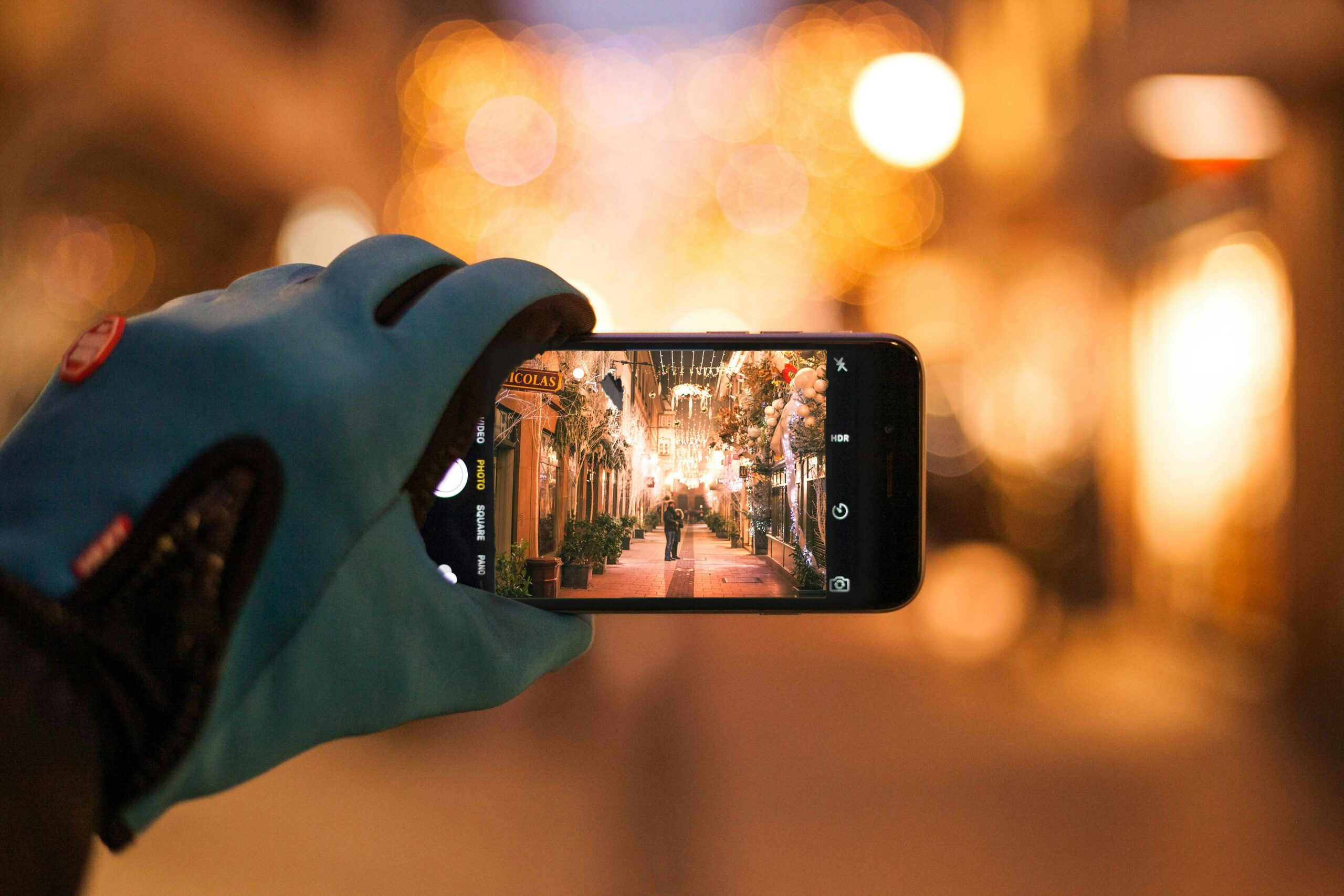The Evolving Landscape of Digital Media: Trends Shaping the Future

The Rise of Platform Integration
Digital media has moved far beyond the days of single-platform dominance. Audiences now interact with content across an ecosystem of interconnected platforms—streaming services, social media, podcasts, live events, and interactive apps. Brands and creators are embracing cross-platform integration to increase reach and craft a more cohesive narrative. This integration enables a single story or campaign to live in multiple formats, each adapted to the platform’s strengths, ensuring higher engagement and long-term audience loyalty.
The Power of Short-Form Content
While long-form storytelling still holds value, short-form content has cemented its place in digital media. Platforms like TikTok, Instagram Reels, and YouTube Shorts have proven that concise, impactful content can drive massive engagement in minimal time. This format’s success lies in its adaptability—equally effective for humor, education, news snippets, and branded promotions. The challenge for creators is delivering a compelling message within a very short window, requiring creativity and precision in visuals and scripting.
Personalization Through Data
Personalization has reached unprecedented levels with the vast amount of data collected by digital platforms. Algorithms now curate not just what users see but when and how they see it. From suggested videos to tailored shopping recommendations, personalization keeps audiences engaged longer and drives stronger conversion rates. However, this trend also raises concerns about privacy, transparency, and algorithmic bias, prompting calls for more ethical data usage and user control over personalization settings.
The Shift Toward Interactive Experiences
Static content is no longer enough for the modern digital audience. Interactive media—from quizzes and polls to AR/VR experiences—offers users a participatory role in the content they consume. This shift toward interactivity fosters deeper engagement, as audiences are no longer passive recipients but active participants. Brands are leveraging these formats to build more memorable campaigns, whether through immersive storytelling or gamified experiences that reward interaction.
Streaming and On-Demand Dominance
Traditional broadcast schedules are becoming less relevant as on-demand streaming takes over. Viewers expect content to be available instantly and in bingeable formats. Streaming platforms are now competing not just on content quantity but also on exclusive deals, user experience, and innovative features like personalized watchlists and AI-driven content suggestions. This change has disrupted not only entertainment but also news, sports, and educational content delivery.
The Creator Economy and Decentralized Content
The rise of the creator economy has redefined who can produce and profit from media. Independent creators, supported by platforms like Patreon, Substack, and OnlyFans, can bypass traditional gatekeepers and build direct relationships with their audiences. This shift toward decentralized content production empowers niche voices but also creates a more competitive environment, where attention is the most valuable currency. As creators gain more tools for monetization, audiences benefit from diverse, authentic, and highly specialized content.
Ethics, Regulation, and the Digital Media Debate
With great influence comes great responsibility. The spread of misinformation, deepfakes, and unethical advertising practices has sparked debates about regulation in digital media. Platforms are under pressure to balance freedom of expression with content moderation, while governments explore legislation to protect consumers and maintain fair competition. The ethical landscape is constantly shifting, making it essential for media organizations, creators, and regulators to adapt quickly.
The Future Is Hybrid
The future of digital media is not purely online or offline—it’s hybrid. Events that blend virtual and in-person experiences, campaigns that live simultaneously in physical spaces and digital feeds, and content strategies that merge traditional storytelling with interactive innovation will define the next decade. This hybrid approach allows for a broader reach while preserving the authenticity and connection that come from face-to-face interaction.
Digital media continues to evolve at an unprecedented pace, fueled by technological innovation, shifting audience behaviors, and new business models. The winners in this space will be those who can blend creativity with adaptability, leveraging data responsibly, embracing new formats, and building authentic connections across multiple platforms. In this ever-changing landscape, the only constant is the need to stay ahead of the curve.
Additional Information
- Blogs
- James Kaminsky